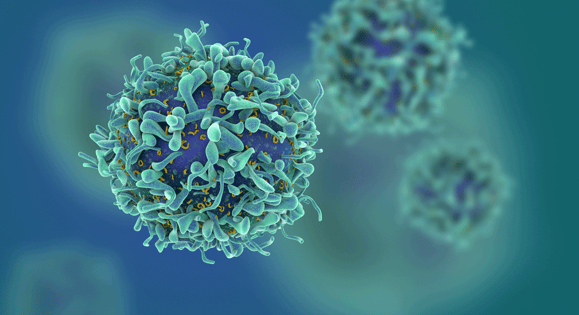Maybe it’s because we know so many people who have it. Maybe it’s because you were recently diagnosed with it. Maybe it’s because we turn on the news and hear the latest fight against it.
Cancer permeates our conversations often these days. But do you know exactly what the word “cancer” means?
The oldest description of cancer dates back to about 3000 BC in Egypt – in an ancient Egyptian textbook on trauma surgery. Hippocrates in 400 BC called masses of cancerous cells karkinos — Greek for crab.
Today, the term “cancer” is the name given to a collection of diseases with a common factor: a normal cell goes berserk and grows and divides at a rapid, uncontrolled rate.
Here are answers to some common questions about the characteristics of cancer, provided by the American Cancer Society, the National Cancer Institute and the American Society of Hematology:

Why do cells become cancerous?
When cells divide, they have the potential for “programming errors” in their genetic material (DNA). The body has several ways to catch and correct these errors or cause the cells to self-destruct. The immune system also can kill off the incorrectly programmed cell. But sometimes the body does not catch the errors and mutated cells grow.
What is the difference between cancer cells and normal cells?
Cancer cells are less specialized than normal cells. Whereas normal cells mature into very distinct cell types with specific functions, cancer cells do not. This is one reason that cancer cells continue to divide without stopping. Cancer cells are able to ignore signals that normally tell them to stop dividing or to die off. This process, called apoptosis, is the body’s way of getting rid of unneeded cells.
Can normal cells co-exist with mutated DNA?
The simple answer is “yes” – but only to a certain degree and for a specific period of time. Unfortunately, the mutated DNA eventually takes over healthy cells in an organ or infiltrates the blood stream – and trigger more programming errors. Older people have a higher risk of getting cancer because good cells collect mutated DNA over the years and eventually lose the battle.
What exactly is a tumor?
When cells start to go haywire in tissue, they grow and divide and form a mass. The mass, which is called a tumor, pushes into parts of the body and eventually shuts down the functioning system of a vital organ, such as the pancreas or lung. As these abnormal cells grow and divide, they form into a tumor.
What is cancer of the blood stream?
You might know the terms lymphoma, leukemia or myeloma. Blood cancers don’t produce tumors, but they affect your body’s ability to produce red and white blood cells or platelets. They eventually prevent the body from fighting off infections or preventing serious bleeding. Cancerous blood cells also metastasize to other body parts, and trigger programming errors that eventually produce tumors.
Do environmental factors cause mutations in a normal cell?
Though genetics play a role in cancer risks, scientists continue to discover and prove the link between exposure to chemicals and cigarette and cigar smoke to the disease. Obesity also has been known to affect the body’s ability to fight the DNA mutations.
While oncologists continue to focus on ways to treat the mutated cells, researchers continue to focus on what triggers the mutations and risk factors that make normal cells vulnerable to programming errors.
If you want more information about disease, please contact the JMH Cancer Care Center at 317.736.4436
